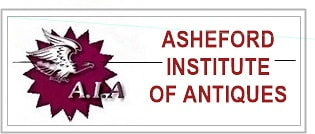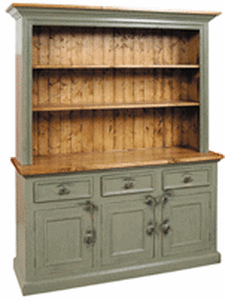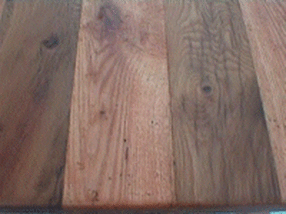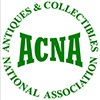Articles From The Founder...

Asheford founder Peter Green, is an internationally renowned syndicated antique columnist, dealer and one of the original founding members of the Asheford Institute of Antiques. A true industry insider, Mr. Green has written numerous books and essays on the decorative arts over the years (including much of the school's training Courseware), and has traveled the world as a featured lecturer, international panelist, and recognized appraiser.
Today, Mr. Green remains active with the Institute as the school's senior member of the Research & Evaluation Team. He also continues to provide upper-tier consultancy services to many of the major auction houses and art galleries in North America and Europe. When time permits, Mr. Green is also a contributing panelist for a number of international forums devoted to the decorative arts, as well as a renowned guest lecturer at universities and museums both here and abroad. Educated at Pickering College, Mr. Green completed his post graduate work in Fine Arts at the Sorbonne in Paris. Below, you will find a reprint of some of Mr. Green's articles on a variety of subjects related to the decorative arts industry.
ARTICLE 1 - Volume 1 Issue 7
ARTICLE 2 - Volume 1 Issue 8
|
A press was a completely enclosed cupboard with fitted door or doors and sometimes referred to as a “close press.” Early very large presses were also called armoires, after the French term. |
ARTICLE 3 - Volume 1 Issue 9
|
Over the years when I have found harvest tables in barns, deserted houses, and old sheds, I have invariably had problems with shrinkage and splitting when the items are refinished and moved into a heated home or cottage. Tables on pedestal bases are less likely to split because the manner in which they are attached allows greater latitude for the movement of the wood. |
Like What You've Read? There's More Inside...

You'll find a lot more writings from Asheford founder, Peter Green, within the pages of the Course itself.
Articles on antiques and vintage items, travelogues and guides on hunting for antiques in strange and exotic places, along with tips on what to buy and what not to buy, are all part of Mr. Green's lifetime of experience as one of the world's foremost experts within the world of the decorative arts. These valuable insights and informative guides can all be found within the Asheford curriculum.










